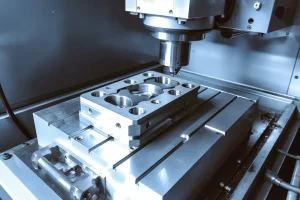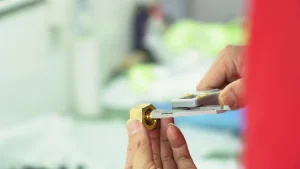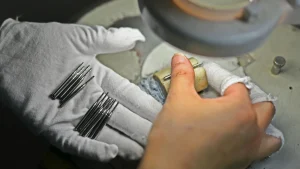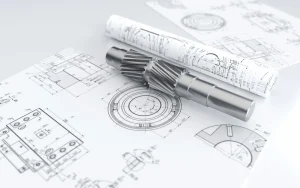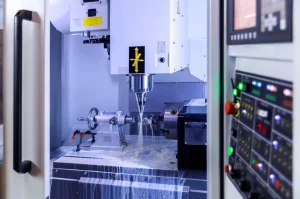
Principle of Metal 3D Printing
Metal 3D printing is a metal material additive manufacturing technology that is achieved through the selective laser melting (SLM) process. In this process, the laser beam is focused on the metal powder bed and scanned layer by layer along a predetermined path. During the scanning process, the laser energy melts and solidifies the metal powder to form a dense metal part.
Advantages of Metal 3D Printing
The advantages include: high precision, high efficiency, customizability, this technology can directly produce dense metal parts without traditional manufacturing processes such as cutting or EDM, thereby reducing production costs, while also saving resources, reducing waste generation, and benefiting environmental protection. Therefore, metal 3D printing has become one of the mainstream technologies for manufacturing metal parts with complex shapes and has received widespread attention.
Working steps of metal 3D printing
1. Laser scanning: First, use a laser to focus the beam on the metal powder bed and scan it layer by layer along a predetermined path.
2. Powder bed melting: The energy of the laser beam melts and solidifies the metal powder, gradually forming a dense metal part.
3. Solidification of metal parts: After the powder bed forms dense metal parts, cooling measures are taken to make them solidify quickly to form complete metal parts.
4. Cutting and forming: Finally, the metal parts can be separated from the substrate by cutting or forming.
Through the above four steps, the 3D printing process from metal powder to formed metal parts can be realized.
Application fields of metal 3D printing
Metal 3D printing has a wide range of applications, especially in the fields of medical, aerospace, and automobile manufacturing. In the medical field, metal 3D printing can produce precision metal parts such as medical stents, gearboxes, and bearings, providing efficient and accurate solutions for the manufacture of medical devices. In the aerospace field, metal 3D printing can produce high-strength and lightweight aerospace engine parts, providing important support for the development of the aviation industry. In the field of automobile manufacturing, metal 3D printing can produce high-precision and high-strength automobile wheels, bearings and other parts, providing new options for the automobile manufacturing industry. In addition, metal 3D printing can also be applied to construction, furniture, toys and other fields, providing a new solution for product manufacturing in these fields.
Summary
Metal 3D printing has many advantages, such as high precision, high efficiency, customizability, cost saving and environmental protection, which makes it an emerging technology in the field of mechanical manufacturing. With the continuous advancement of technology, this technology will open up broader prospects in the field of metal parts manufacturing. In the future, the development and improvement of metal 3D printing will bring more innovation and development, improve production efficiency and manufacturing accuracy, and reduce pollution to the environment. In short, metal 3D printing is a very promising manufacturing technology that will bring more innovation and development to the field of mechanical manufacturing, and will also bring more environmental benefits. We look forward to the continuous development and improvement of this technology to bring a better future for metal parts manufacturing.

